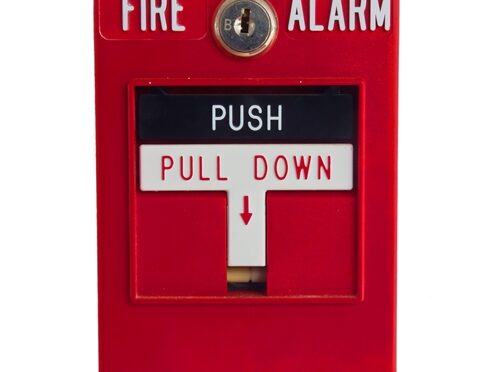
At industrial worksites, employees may be exposed to flammable or explosive materials. This exposure risk could result in burns or other fire-related injuries that may endanger worker well-being. To prepare for fire emergencies, employers should educate their employees on medical treatment and prevention for burns.
Train workers to assess burns
Recognizing and treating burns is an important aspect of a workplace first-aid program, according to the U.S. Occupational Safety and Health Administration. Workers should determine the type of burn, such as a thermal or electrical burn, before applying medical treatment. Additionally, employees must understand the extent of the burn.
The Mayo Clinic notes there are three classifications of the severity of the burn: first degree, second degree and third degree burns. The least serious is first degree burns, which are considered superficial burns. On the opposite side of the spectrum, third degree burns mean all layers of the skin are burned.

In case of major burns, employees should contact emergency medical providers and provide medical attention to those who are hurt. The Mayo Clinic recommends having a cool, moist bandage or cloth towel to cover the burn. Checking employees for movement and making sure they are breathing is also a suggested step for severe burns. Employers should help workers be familiar with where necessary first-aid equipment is located.
Educate workers on health and safety procedures for burns
In the event a worker experiences a burn, employers should prepare workers for what to do in an emergency depending on the seriousness of the burn. For example, the Mayo Clinic advises cooling the burn under cool running water for 10 or 15 minutes to lower swelling. Additionally, workers may apply a gauze bandage loosely around the burn area to protect the skin.
Evaluate workplace for fire risks and focus on prevention
Prevention is the key to preventing fire-related injuries. In addition to providing supplies for work areas where staff are at risk for fires and explosions, employers can also implement fire hazard analysis. Fire hazard analysis will aid in positioning emergency response services and equipment, such as fire extinguishers and air monitoring machinery, where employees need them the most. This process is crucial to help industrial worksites identify areas where workers are exposed to fire hazards, such as places for flammable liquid storage and production.








